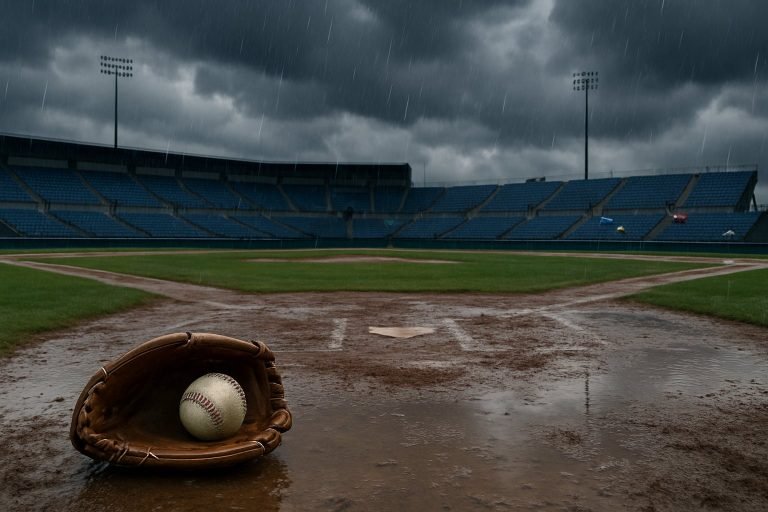
Baseball Rain-Delay Rules Explained: What Fans Need to Know
Rain delays in baseball require a 30-minute wait to assess weather conditions, with decisions on continuation or postponement based on game progress and safety.

Rain delays in baseball require a 30-minute wait to assess weather conditions, with decisions on continuation or postponement based on game progress and safety.
Batting order significantly impacts scoring chances in baseball by utilizing player strengths, optimizing lineup flow, and maintaining pressure on opposing pitchers throughout the game.
Baseball strategy involves offensive and defensive tactics, lineup decisions, and pitch selection, significantly impacting a team's performance and enhancing the viewer's experience of the game.
Bullpen management emphasizes strategic use of relief pitchers based on data, matchups, and fatigue management to enhance team performance and secure wins.
Steal signs and base-coaching signals are crucial tools in baseball, enabling players to communicate silently and strategically during games to enhance performance.
Win probability in baseball quantifies a team's chance of winning based on real-time game factors, influencing strategic decisions and player evaluations throughout the game.
Pitch sequencing enhances pitchers' effectiveness by mixing pitch types, locations, and speeds to confuse batters and control the game, leading to more strikeouts and weak contact.
Defensive shifts in baseball involve repositioning players to enhance defensive coverage based on batter tendencies, affected by new MLB rules limiting extreme formations.
Ketel Marte of the Arizona Diamondbacks excels at second base, showcasing impressive hitting, solid defense, and versatility, making him a top contender for 2025 rankings.
Minor league baseball players earn significantly lower salaries than major leaguers, with weekly pay ranging from $400 to $700, often forcing them to seek additional jobs.